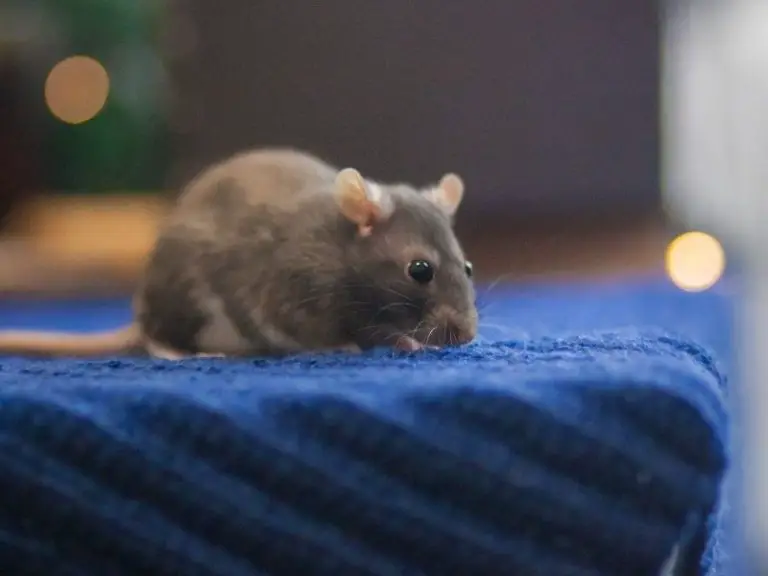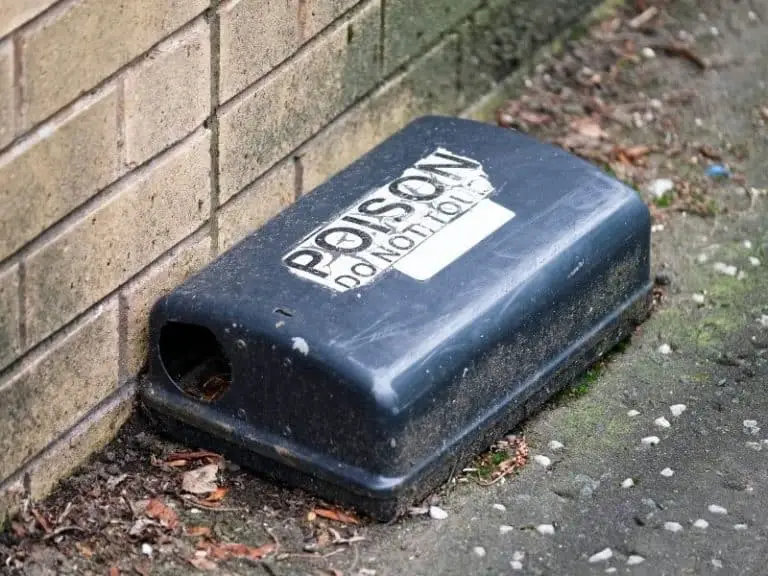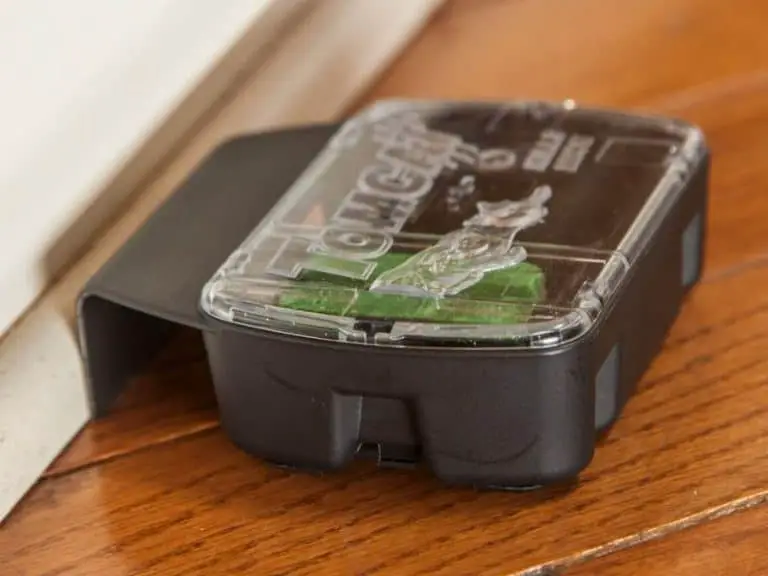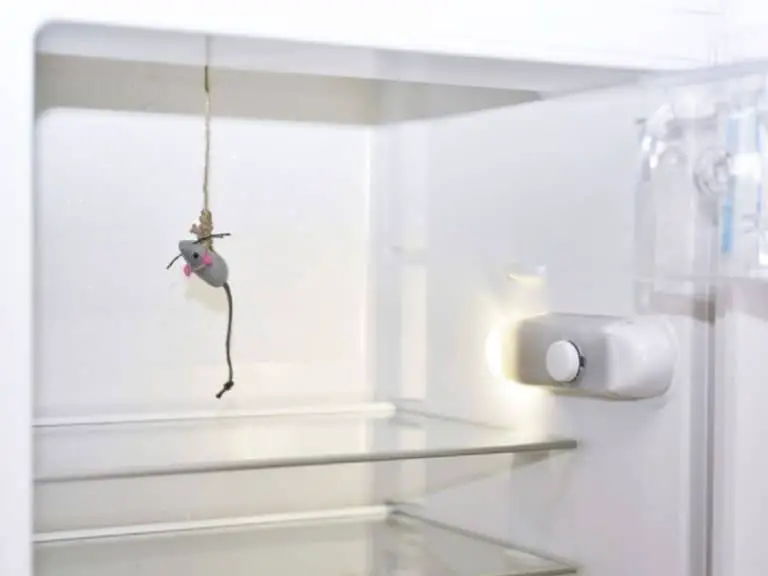Will Mouse Traps Kill Rats: Finding the Best Trap For All Rodents
Rats and mice are creatures that can potentially cause harm at home. Getting rid of them requires setting out traps, but if you are not aware of which one is which, you may end up buying mouse traps for rats or rat traps for mice.
Mousetraps, especially snap traps, do not kill rats. Rather than granting a rat quick and painless death, mousetraps end up injuring the poor rodents. If there is a need to get rid of both rats and mice, check special multipurpose electronic traps.
If mouse traps do not kill rats, the first thing to do is to tell mice and rats apart. There are important differences that determine in particular what traps you would need to use.
In this post, I will first tackle the differences between mice and rats, and then describe in brief the common types of rodents that invade homes and the best ways to get rid of them quickly.
How to Tell Mice and Rats Apart
People often confuse mice and rats.
Both of them are invasive pests, aren’t they?
However, there are important differences between rats and mice that we should examine. The table below explains the differences—and similarities—between these two types of household pests.
| Trait | Mice | Rats |
|---|---|---|
| Behavior | Nocturnal behavior; generally curious | Nocturnal behavior; generally cautious |
| Length (adult) | 5.5 to 7.5 inches. | Norway (brown) rats: 13 to 16 inches. Roof (black) rats: smaller. |
| Weight (adult) | Around ½ oz. | Norway rats: 7-18 oz. Roof rats: 5-10 oz. |
| Facial features | Pointed snout. | Norway rats: Blunt snout. Roof rats: Pointed snout. |
| Ears | Large ears with some hair. | Norway rats: short ears with dark hair. Roof rats: large ears with no hair. |
| Body Shape | Light body | Norway rats: heavy and thick body. Roof rats: light and slender body. |
| Tails | Slighty, thin tails. | Scaly tails with no hair. |
| Color | House mice: generally brown with some gray. | Norway rats: black. Roof rats: brown with some white. |
| Droppings | Rod-shaped droppings. | Norway rats: capsule-shaped droppings. Roof rats: spindle-shaped droppings. |
| Grease Marks | Mice do not leave grease marks. | Rats do leave grease marks near trails. |
| Litters/Reproduction | Up to 10 litters a year, 5-6 litter. | Norway rat: up to 6 litters a year, up to 12 in a litter. Roof rat: up to 6 litters a year, up to 8 in a litter. |
| Lifespan | 12 months. | 12 to 18 months. |
| Preferred habitation | Anywhere | Norway rats: lower floors of a building. Roof rats: upper floors of a building |
| Preferred diet | Omnivorous; prefers cereals (seeds) | Rats are omnivorous. Norway rats: prefers moist fruit. Roof rats: prefers cereals. |
So what have you learned from this comparison? In general, rats are larger than mice in size and weight. They have no hair on their tails, unlike mice. Rats can live longer than mice.
Depending on the rat species, their snouts look different or similar to mice. Most of all, their behavior differs: rats are more cautious than mice, which are curious.
Kinds of Mice and Rats That Invade Homes
There are at least two kinds of mice that invade homes: the house mouse and the deer mouse.
Invasive rats are either Norway (black) rats or roof (brown) rats.
There are two kinds of rats I will not discuss here: the rice rat and the cotton rat. They are not home invaders but are dangerous from a public health perspective because they are carriers of the potentially deadly hantavirus disease.
There are also white-footed mice, which rarely invade homes but carry Lyme disease, and are related to deer mice.
One important thing to note is that it is hard to detect live mice and rats, except at night when they are most active.
The best way of telling apart what they leave behind are their droppings, though I will describe other signs of their presence in your home. Again, knowing which is which may help you deal with them effectively.
Deer Mouse

Deer mice can be found throughout the U.S. and usually invade homes during the winter, when they need to seek shelter from the cold. They are generally smaller than house mice.
These mice are round and slender, with a pointed nose and black, beady eyes. They are usually brownish-reddish on top and have a white underbelly and feet.
Deer mice are drawn to homes that contain a lot of vegetation and have piles of rocks or wood in the yard.
Deer mice are particularly known to be carriers of the hantavirus, which can cause hantavirus pulmonary disease and other ailments. Their urine, droppings, and saliva may contain particles of this disease.
Deer mice are known to build nests in stored furniture or mattresses and store food, often for the long winters.
Signs of a deer mouse infestation include sightings of live or dead mice, droppings, nests, and gnawed objects. In disposing of deer mice droppings or corpses, caution is very much advised because of the illness they carry.
House Mouse

House mice are also found throughout the U.S. As their name suggests, they prefer to live in dark, secluded places in structures, whereas deer mice normally live in vegetation or rock and wood piles.
House mice have short hair that is either brown, gray, or black. They have hairy ears and tails, but not as hairy as the rest of their bodies.
House mouse infestations are harder to control than deer mice infestations because house mice tend to be secretive and thrive under a variety of conditions.
They are very curious creatures, however, and maybe easier to entrap than rats. They may cause illnesses such as food poisoning (as they carry salmonella) and, in very rare cases, the plague.
House mice have a fondness for seeds and nuts in their diet, which makes them particularly susceptible to peanut butter as bait. They are very agile creatures, tending to jump a foot high.
They make their nests in dark, secluded locations, which makes hunting for them a challenge for the inexperienced homeowner.
Norway Rat or Brown Rat

The Norway rat, commonly known as the brown or sewer rat, are large rats that have blunt snouts. They have a reddish brown color on their upper bodies and gray hair underneath.
They are distinguished for having short, hairless tails relative to their length. Adult brown rats weigh between 7 to 18 ounces. They can be found all over the U.S.
Norway rats burrow mostly under piles of garbage or beneath concrete slabs. However, when they do invade homes in the fall, when food runs short, they make their way to secluded and undisturbed areas such as basements and attics.
They can fit through ½ in. holes in houses, thus making hole sealing a very important thing to do.
Norway rats are omnivorous, meaning that they like to feed on anything from dead animals to grains and fruit.
Signs of their infestation include their distinct droppings, which are capsule-shaped and left along their trails.
Another sign of Norway rat visits is the grease marks they leave along walls where they travel; darker marks indicate greater activity.
Roof Rat
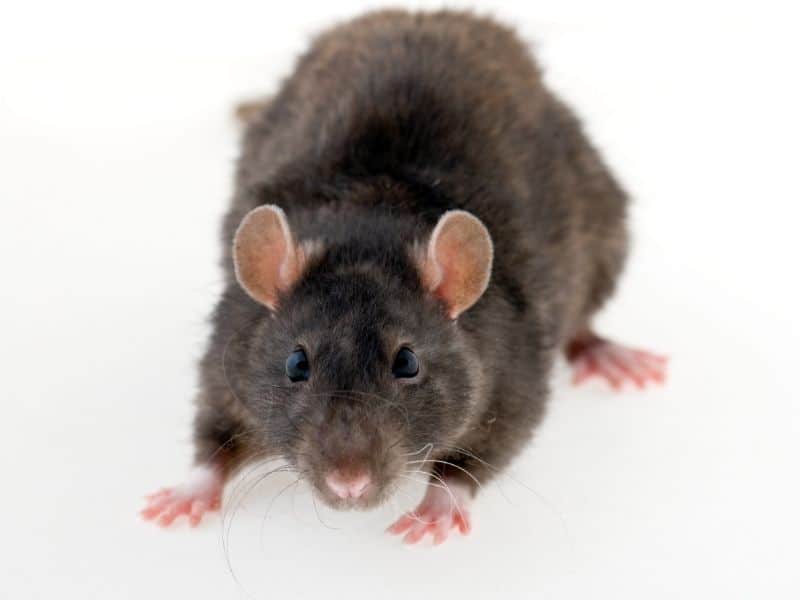
The roof rat, also known as the black rat, are longer and sleeker than Norway or brown rats. They have long tails, large ears and eyes, and pointed noses.
Their tails are longer relative to their bodies than brown rats. As the other name for them suggests, their hair is often dark in color, either black or brown.
Rats like these have no problem getting into structures through uncovered vents, gaps, and cracks. They often travel along electric wires or tree branches to get into roofs.
Roof rats are serious carriers of the disease. They carry illnesses ranging from food poisoning (salmonella), rat-bite fever, to the plague, of which they are the principal reservoir.
Roof rat droppings have distinctive pointed ends, like spindles, and they also leave grease marks along walls. Signs of live or dead rats indicate intense activity.
They tend to hoard food, especially fruits and nuts, which they prefer to eat. Female roof rats can produce up to 40 offspring a year, making infestation a real threat.
Comparing Traps
When one wants to kill mice or rats, the two kinds of traps that come to mind are snap traps and glue traps.
Snap traps work by snapping on the heads of mice or rats, thus causing their spines to break and, as a result, kill them. However, as I said earlier, snap traps meant for mice won’t work for rats.
This is because of what I said about their relative size. The worst that mouse traps would do for mice is to injure them, not kill them quickly.
Glue traps are even more challenging to set for rats.
While they often work for mice and smaller rats (the roof rat comes to mind), where they struggle to get free and die in the process, the worst that can happen for larger rats is to run off with the glue traps still stuck to their feet.
I will compare two kinds of traps meant for different rodents. I will next discuss a multi-purpose trap that may work with both rats and mice.
Hopefully, this will help you understand why identifying different kinds of rodents is very important. They spell the difference between ridding your house of rodent populations quickly, or not.
A Common Mouse Trap vs. a Common Rat Trap
Both of the traps I will be looking at work the same way.
They are both snap traps, which, as I said, snap on the heads of those unwary rodents who trigger the pedal mechanism.
The triggers are often laced with food bait, commonly peanut butter, which works for both rats and mice given their love for seeds and nuts.
This Victor Rat Trap weighs around 0.3 pounds and measures around 7” x 3.25” x 1”.

As the dimensions alone suggest, these traps are meant to capture rats, whose heads can easily snap under the wire that is triggered.
Can they kill mice? Maybe. But you get better results if you use them as advised: for rats and large rodents.
This Victor M156 Mouse Trap is sold in bundles because the traps are impractical to sell as single items given their smaller dimensions.

They have the advantage of being able to snap the spinal cords of mice, whose sizes would fit the trigger mechanism and the snapping wire.
The problem is that it won’t kill rats. They will merely injure them, which is a worse fate.
In short, when it comes to using these traps, use them as advertised. Rat traps and mouse traps have different targets, and using one to catch the other may be counterproductive.
However, some manufacturers have claimed to solve the problem by putting out traps on the market that they claim can catch both.
A Multipurpose Trap – Does It Work?
The product description on this electronic trap (my favorite)says that it can kill both mice and rats.

How does it do that?
It kills rodents by sending a brief electronic shock that is triggered by the rodent taking the bait. Can it indeed work for both mice and rats? The product description says that it is primarily meant for rats, and the size of the device gives it away.
It’s very effective against rats, but it also shows good results with mice (even getting to kill 20 mice in the month in some cases).
There is one argument that I can make against using this trap for both mice and rats: the same company that sells this product makes one intended for mice only.
Of course, it can’t fit rats, whose bodies are generally larger. I recommend considering this product if you are after capturing and killing both mice and rats.
Basic Rodent Management Strategies
Whenever I read reviews of rat or mouse traps and how often people complain about how they won’t work, one question I ask is, do they really know what they are doing?
Are they setting them up the right way? More importantly, are they aware of how different kinds of rodents behave? Can they tell apart rats and mice?
This brief section will tell you how to manage a rodent attack at home, especially with the use of traps.
The first thing to remember is that if you’ve trapped one mouse or rat, chances are that there may be more around. That is why rat and mouse trapping, especially on a larger scale, requires that you be patient and strategic.
The other thing to remember is that it does not hurt to seek help with your rat or mouse problem. Sometimes, the number of mice and rats can be too much for you and your traps to handle.
This is the time to call for help from a professional pest control specialist. The specialist will have different tools and knowledge to take care of the problem.
Be Aware of Rodent Behavior
A reason some people fail to have mice or rats caught might be their unawareness of rodent behavior.
Rodents like mice and rats are creatures of habit and tend to travel along usual paths. This explains why they leave droppings and grease trails, if they’re rats, in the same places. This behavior is one clue to how you should approach the problem.
Another aspect of rodent behavior is the general ways in which mice and rats differ.
The sources sometimes contradict each other, but in general, a good guide to remember is that mice prefer novelty and that rats prefer caution with the unfamiliar.
In fact, one thing to remember about rats is that they have neophobia—fear of the new.
Neophobia is why rats (and to a much lesser extent, some mice) will not be able to be trapped. They may take the bait, but if they see an unfamiliar object in their path, they will take pains to avoid it.
Mice, on the other hand, will generally be curious about new sources of food, which is why traps might work for mice.
Be Careful and Patient in Setting Traps
The final strategy I advise is caution and patience in baiting and setting traps. It is definitely not a matter of setting the trap and forgetting it, especially with snap traps.
It might be a question of where it is placed. Is it near or along a path where mice or rats travel? Is it in a corner along those paths? How do you make rodents used to seeing a trap there?
The other thing is to be careful with handling traps in general. One problem I am aware of is that both rats and mice have a keen sense of smell and can detect predators.
Humans are one of them. Wearing gloves when setting bait and laying down traps will prevent mice and rats from detecting a human presence behind a strange object.
Most of all, the strategy I recommend is patience and persistence.
Most people who complain that they are not getting good results at first and then trap a few mice later will be happy to tell you that this is the best attitude to have when dealing with rodents.
There are many resources to help you be patient and persistent in catching rodents.
Related Article: Complete Guide to Catching a Smart Rat
Medical Disclaimer: TheHomePestControl is a digital publisher and does not offer personal health or medical advice. The contents of this website are not intended to substitute for professional medical advice, diagnosis, or treatment.
Affiliate Disclaimer: As an Amazon Associate, I earn from qualifying purchases made on our website. If you make a purchase through links from this website, I may earn a commission at no additional cost to you.

